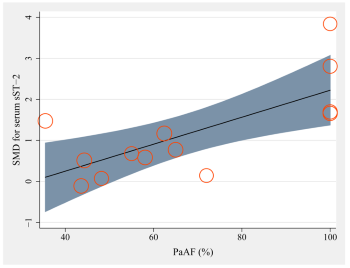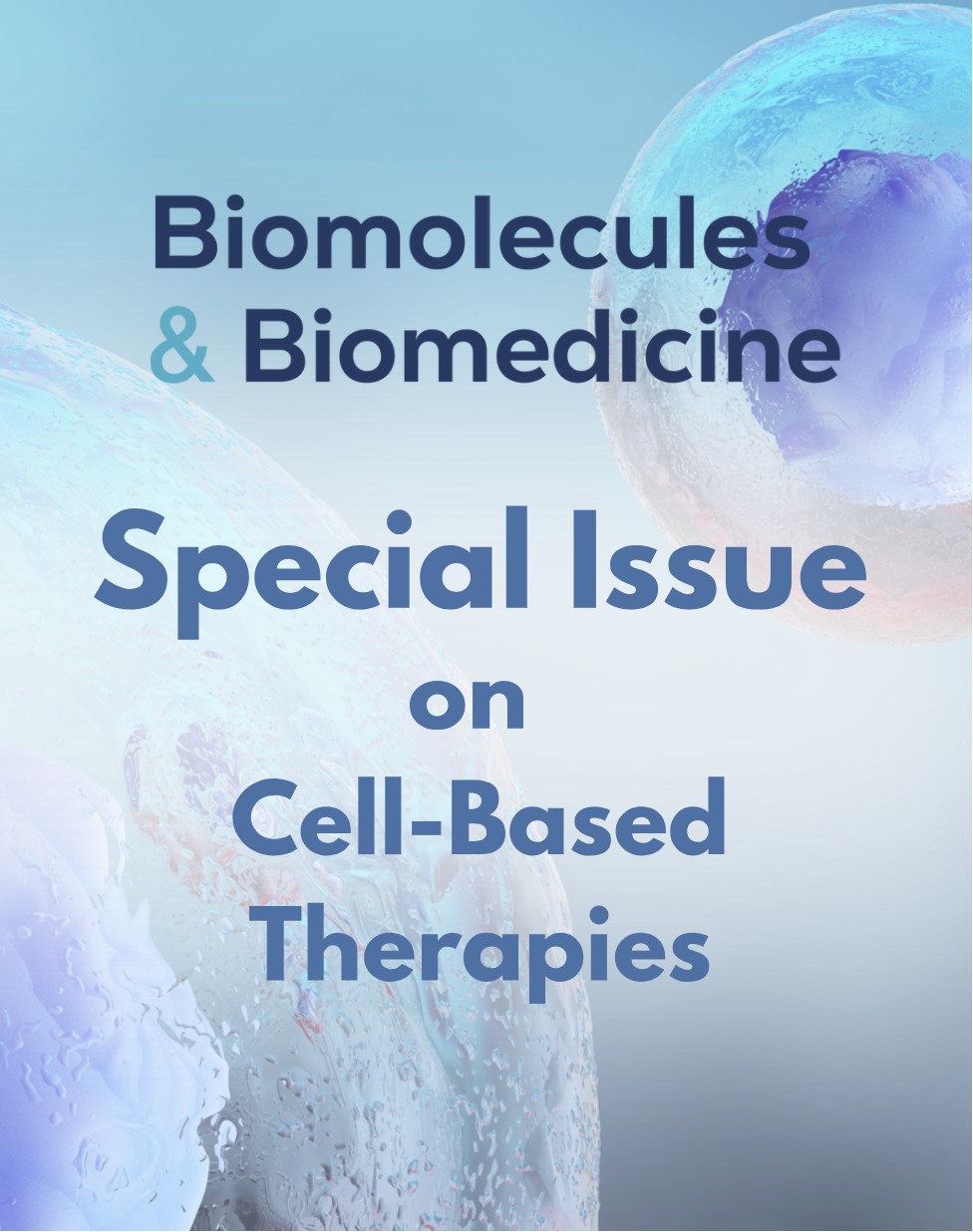Circulating soluble suppression of tumorigenicity-2 and the recurrence of atrial fibrillation after catheter ablation: A meta-analysis
DOI:
https://doi.org/10.17305/bb.2024.10653Keywords:
Atrial fibrillation, ablation, soluble suppression of tumorigenicity-2, atrial fibrillation recurrence, meta-analysisAbstract
Soluble suppression of tumorigenicity-2 (sST-2), a marker of myocardial fibrosis and remodeling, has been related to the development of atrial fibrillation (AF). The aim of this meta-analysis was to evaluate the relationship between baseline serum sST-2 levels and the risk of AF recurrence after ablation. Relevant observational studies were retrieved from PubMed, Web of Science, Embase, Wanfang and China National Knowledge Infrastructure (CNKI). A random-effects model was used to combine the data, accounting for between-study heterogeneity. Fourteen prospective cohorts were included. Pooled results showed higher sST-2 levels before ablation in patients with AF recurrence compared to those without AF recurrence (standardized mean difference = 1.15, 95% confidence interval [CI] = 0.67 to 1.63, P < 0.001; I2 = 92%). Meta-regression analysis suggested that the proportion of patients with paroxysmal AF (PaAF) was positively related to the difference in serum sST-2 levels between patients with and without AF recurrence (coefficient = 0.033, P < 0.001). Subgroup analysis showed a more remarkable difference in serum sST-2 levels between patients with and without AF recurrence in studies where PaAF was ≥ 60% compared to those where it was < 60% (P = 0.007). Further analyses showed that high sST-2 levels before ablation were associated with an increased risk of AF recurrence (odds ratio [OR] per 1 ng/mL increment of sST-2 =1.05, OR for high versus low sST-2 = 1.73, both P values < 0.05). In conclusion, high sST-2 baseline levels may be associated with an increased risk of AF recurrence after catheter ablation.
Citations
Downloads

Downloads
Published
Data Availability Statement
All the data generated during this study are within the manuscript.
Issue
Section
Categories
License
Copyright (c) 2024 Yanyu Shi, Zepeng Zhang, Tianyang Zhang, Linlin Zhang, Shan An, Ying Chen

This work is licensed under a Creative Commons Attribution 4.0 International License.









